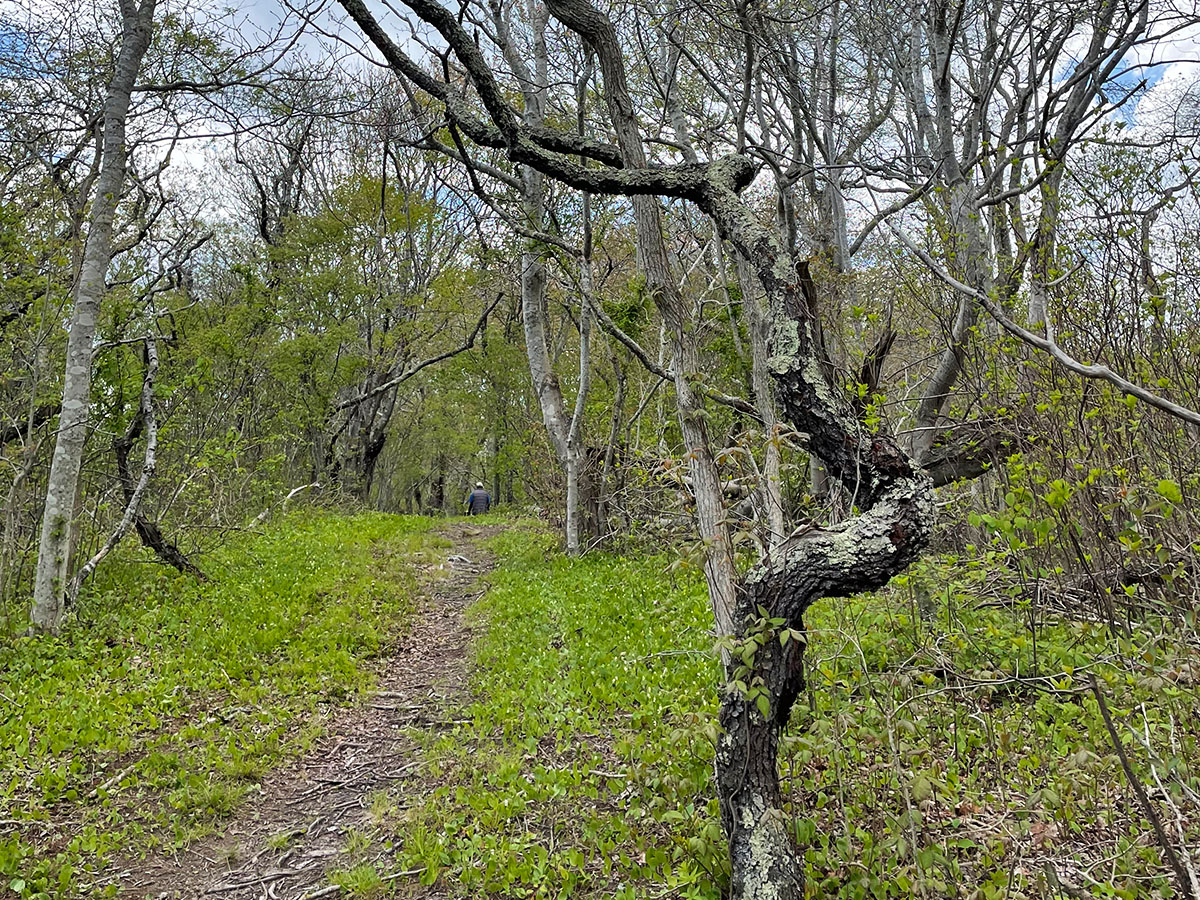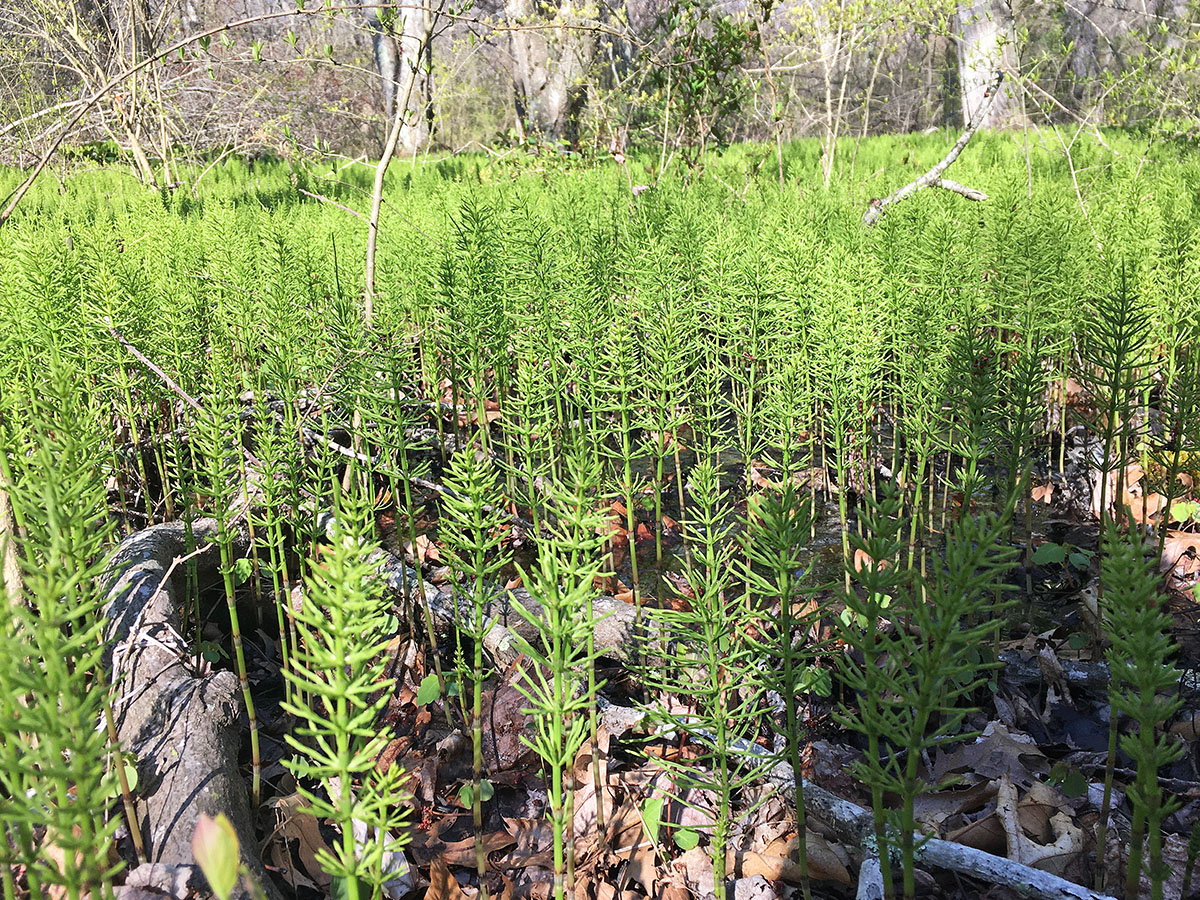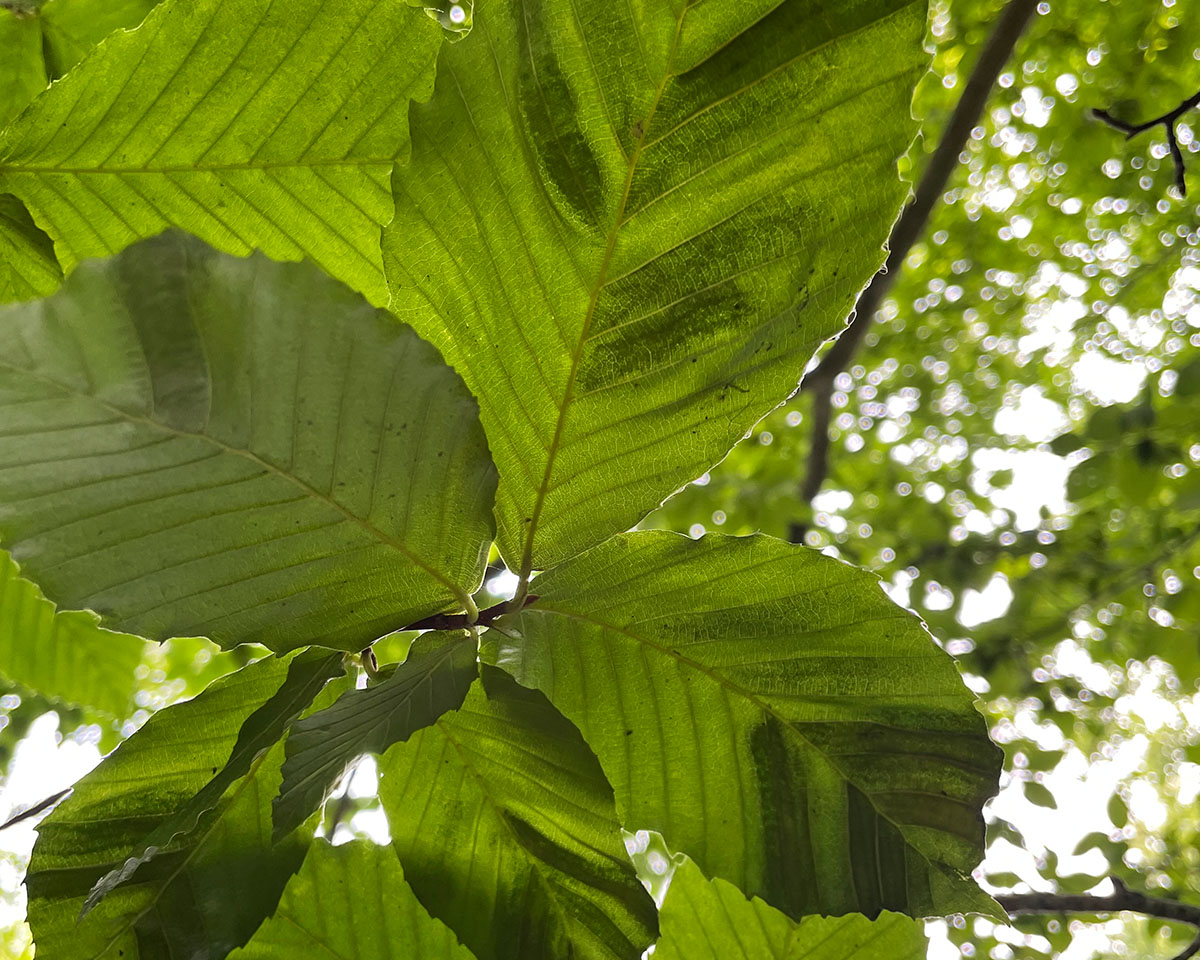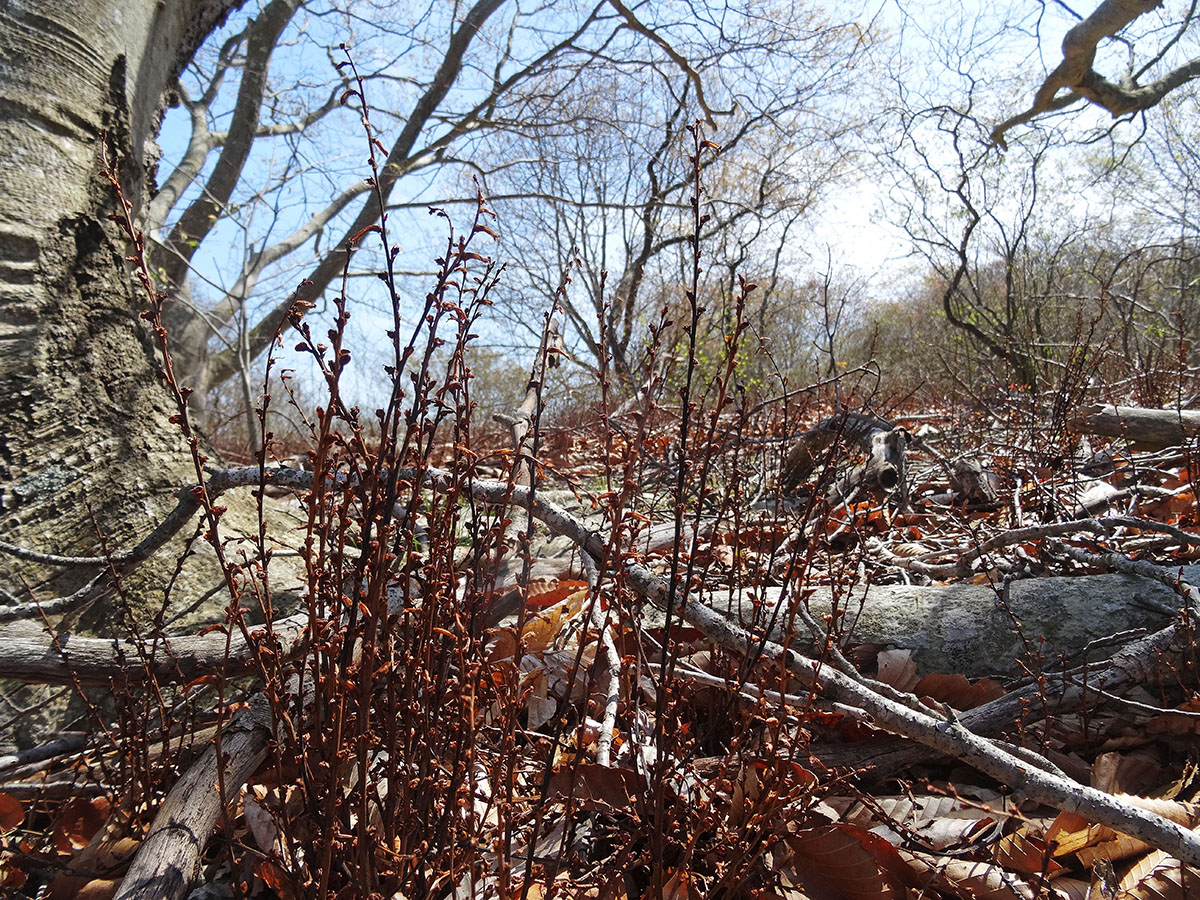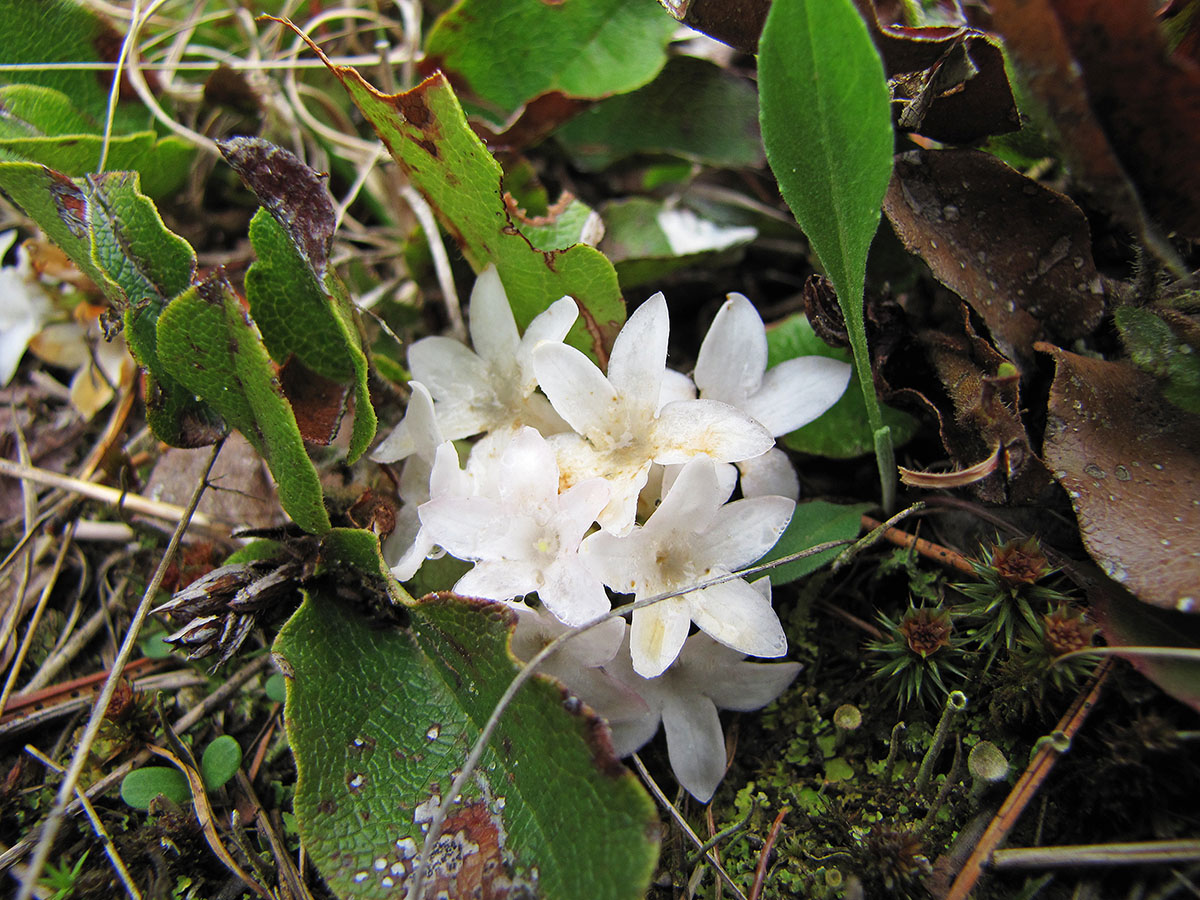Black Cherry Trees: Nature’s Topiaries
Black Cherry (Prunus serotina) Have you noticed the bizarrely-twisted trunks of so many of the Black Cherry trees on the Island? Their distorted shape is a result of natural pruning caused by a fungus, Apiosporina morbosa, known, quite descriptively, as Black knot. Black Cherry tree with Black knot disease taken along Treasure Pond

